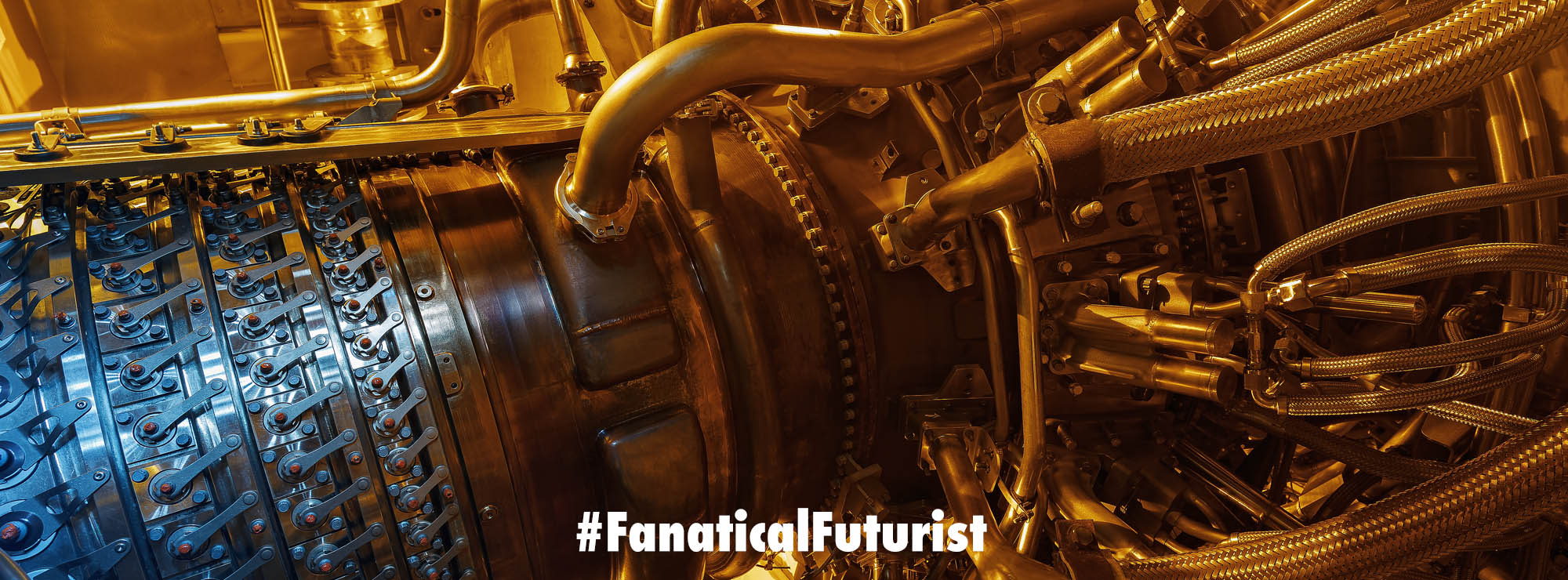WHY THIS MATTERS IN BRIEF
Even though this is a small Quantum Computer it will be used for Earth observation and is the first of its kind.
 Love the Exponential Future? Join our XPotential Community, future proof yourself with courses from XPotential University, read about exponential tech and trends, connect, watch a keynote, or browse my blog.
Love the Exponential Future? Join our XPotential Community, future proof yourself with courses from XPotential University, read about exponential tech and trends, connect, watch a keynote, or browse my blog.
In a historic milestone for quantum technology, a photonic quantum computer has been launched into space for the first time. Developed by an international team led by Philip Walther at the University of Vienna, the compact system blasted off aboard a SpaceX Falcon 9 rocket from Vandenberg Space Force Base in California.
The processor is set to begin operations around 550 kilometers above the planet, and the launch was part of SpaceX’s Transporter 14 mission which carried 70 payloads including microsats, cubesats, and re-entry capsules.
Among them, the mini quantum computer stands out for its potential to revolutionize space-based data processing and Earth observation.
Designing a quantum computer to function in orbit posed serious engineering challenges. The Viennese team built the device to withstand extreme temperature swings, radiation, and vibrations of space travel.
During a crucial phase, 12 team members spent four weeks assembling the satellite payload in a clean room at the German Aerospace Center’s Responsive Space Cluster Competence Center in Trauen. They completed the flight model in just 11 working days. The satellite is expected to begin transmitting results about a week after orbital entry.
“This project has turned us into a ‘space group.’ We now have the know-how to conduct further experiments in space, whether for fundamental quantum physics or practical applications,” said Walther.
The main benefit of deploying a quantum computer in space lies in its ability to perform “edge computing.”
This means that data gathered by the satellite, such as forest fire detection, can be processed onboard, eliminating the need to send raw data back to Earth. This process reduces energy consumption and improves response time.
Quantum computers also excel at tasks that challenge classical systems. Using light-based optical systems, the processor carries out operations using the physical principles of interference and diffraction.
This analogue method is especially efficient for computationally intense processes like Fourier transforms or convolutions.
The system is highly adaptable and can be configured for future space missions. “Furthermore, this mission allows us to test the performance and durability of quantum hardware under extreme conditions – we can investigate how long they remain functional in the harsh environment of space,” Walther explained.
The team sees wide-ranging potential applications, including in climate monitoring, communications, and even foundational quantum research.
“Our findings can contribute to the further development of quantum hardware for commercial and scientific applications, for example in the fields of earth observation, climate research and communication,” Walther added.
The SpaceX Transporter 14 rideshare mission carried a mix of commercial, scientific, and memorial payloads.
These included Capella Space’s Capella-17 radar satellite, Starfish Space’s Otter Pup 2 for docking experiments, and a reentry capsule from Varda Space aimed at manufacturing pharmaceuticals in orbit.
Also onboard was The Exploration Company’s Nyx spacecraft, which is carrying cremated remains and DNA samples in partnership with Celestis.
The Falcon 9’s booster successfully landed on a drone ship in the Pacific, marking its 26th flight. The upper stage completed the satellite deployments in a span of nearly two hours.















